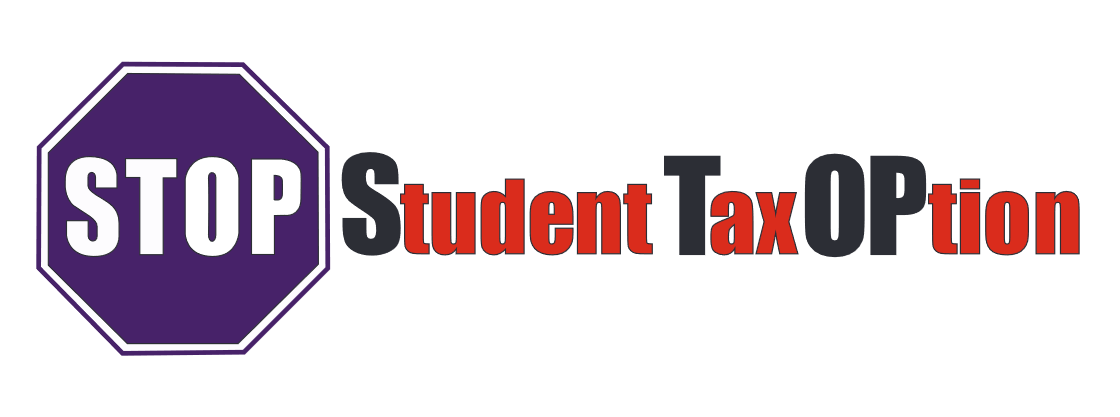Student loan debt has never been higher than in 2019, with the student loan crisis in the United States reaching $1.56 trillion owed collectively from 44.7 million borrowers. Student loan debt is second only to mortgage debt for the leading type of debt in America, and it ranks higher than both credit cards and auto loans.
The student loan delinquency or default rate was 11.4%, with millions of people having a difficult time repaying their student loans after 90 days. Direct Loan cumulative in default totals $101.4 billion, and Direct Loan in forbearance is $111.1 billion.
Student Loan Forgiveness
There are several ways to obtain student loan forgiveness, including Public Service Loan Forgiveness and Teacher Student Loan Forgiveness. According to the U.S. Department of Education, there were 890,516 Public Service Loan Forgiveness cumulative borrowers as of September 30, 2018. There were 41,221 borrowers who submitted applications and 423 applications were approved. Denied applications totaled 32,409, with 11,892 being denied due to missing information. There were 206 borrowers who had received student loan forgiveness. The total dollar amount forgiven was $12.3 million.
States and Student Debt
More populated states have the highest student loan outstanding debt in the U.S. California, Florida, Texas, and New York rank highest. These four states represent more than 20% of all student loan borrowers. Their collective student loan debt is $340 billion.
The highest average student loan debt per state is $38,510 from Connecticut. The lowest is from Utah, with $18,838 per student. The average student loan debt per capita in the U.S. was $4,920, as of 2016.
More than 42 million student loan borrowers have $100,000 or less in debt, as of 2019. There are over 2.5 million student loan borrowers with student loan debt greater than $100,000. There are 610,000 borrowers with more than $200,000 in debt. Most student loan debt is $10,000-$25,000, owed by 12.3 million people.
Age Groups
There has been an increase of 71.5% in student loan debt amongst 60 to 69-year-olds, but the same age group has the lowest increase among all age groups in dollar amount with $35.6 billion. The highest increase in dollar amount is among 30 to 39-year-olds, now owing $461 billion. This is a 30% increase over the past five years. As of 2017, the most student loan borrowers are from the 30 to 39-year-old age group, with 12.3, followed by 40 to 49-year-olds (7.3 million), 50-59-year-olds (5.2 million), and 60+ (3.2 million).
Loan Status
There are $137.7 billion worth of in-school loans, and when the status is switched to in repayment, the total goes to $623.7 billion. Over 5 million borrowers are in cumulative default, totaling $101.4 billion owed. Loans in grace period total $43.9 billion for 1.7 borrowers. Deferment totals $124.3 and forbearance is $111.1 billion.
Student Loan Programs and Loan Type
There are different programs borrowers can go through to get student loans. Direct Loans account for $1,150.3 billion in debt owed by 34.2 million borrowers. The loan type with the most owed is Stafford Combined, with $767.1 billion owed from 33.1 million borrowers.
Among seniors who graduated from public and non-profit colleges in 2015, 68% had student loan debt. Public college graduates average $25,550. Private non-profit college graduates average $32,300. For-profit college graduates average $39,950 in student loan debt.

